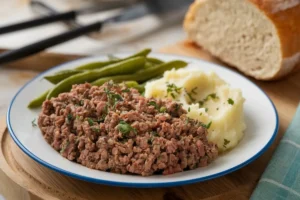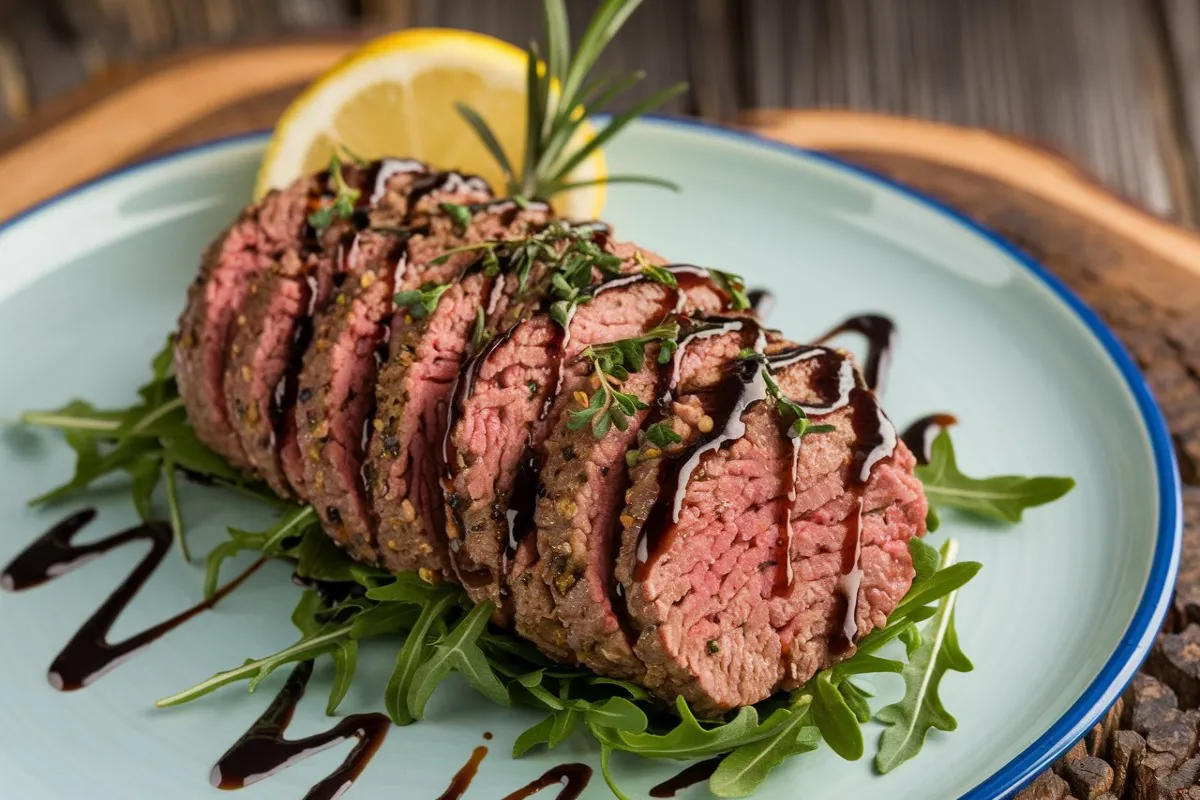When it comes to cooking, ground beef is a versatile and popular choice for many dishes. However, achieving the perfect tenderness can be a challenge. A tender and juicy texture is essential for making dishes like tacos, spaghetti, meatloaf, and burgers truly stand out. In this article, we’ll cover various techniques and methods to ensure your ground beef is always super tender, elevating your meals to a new level of deliciousness.
Why Tenderness Matters in Ground Beef
The tenderness of ground beef significantly impacts both its flavor and mouthfeel. A tough or chewy texture can ruin the overall experience of a dish, regardless of its flavor profile. Achieving a tender texture is especially important in recipes where the ground beef is the star ingredient, such as in sauces, fillings, or patties.
One of the first steps in getting tender ground beef is selecting the right cut. Higher fat content, like 80/20 ground beef, is typically juicier and more tender compared to leaner cuts like 90/10. However, the fat content isn’t the only factor; you also need to consider the right type of ground beef for your recipe. Additionally, understanding the science behind meat tenderization can provide valuable insights into why certain methods work better than others.
Factors That Affect Tenderness in Ground Beef
To make your ground beef super tender, it’s essential to understand the various factors that influence its texture:
- Quality of Meat: The tenderness of ground beef depends largely on the cut used. Fattier cuts generally produce more tender results.
- Grinding Process: The size of the grind affects texture. Coarser grinds tend to be chunkier, while finer grinds create a smoother texture.
- Cooking Methods: Different methods, such as browning, boiling, or simmering, affect the tenderness of ground beef in unique ways.
- Overcooking or Undercooking: Cooking ground beef for too long or not long enough can result in tough or rubbery meat.
Proper Cooking Methods for Tender Ground Beef
Choosing the right cooking method is critical to achieving the desired tenderness. Here are some of the most effective techniques:
- Boiling: Simmering ground beef in water or broth is an excellent way to keep it moist and tender. This method prevents the meat from drying out and allows the fat to render evenly. It’s particularly useful for dishes like chili or spaghetti sauce where moisture retention is crucial.
- Simmering: Cooking ground beef over low heat for an extended period helps break down connective tissues, resulting in a softer texture. This method works well for sauces or stews where the beef needs to be tender and flavorful.
- Steaming: Placing ground beef over steam can help retain moisture during cooking, which preserves tenderness. This method is effective for maintaining the delicate texture of beef in dishes like dumplings or meatballs.
Pre-Cooking Preparations to Enhance Tenderness
Enhancing the tenderness of ground beef often starts before you even turn on the stove. Here are some pre-cooking techniques that can make a significant difference:
- Add Baking Soda: Adding a small amount of baking soda to the ground beef before cooking can help keep it tender by raising the pH level, which prevents proteins from binding too quickly. This simple trick can make a noticeable difference in texture.
- Marinating Ground Beef: Marinating ground beef with acidic ingredients such as vinegar, lemon juice, or yogurt can help break down muscle fibers and tenderize the meat. Be sure to marinate for at least 30 minutes to achieve the best results.
- Using a Slurry: Combining baking soda with water and soaking the ground beef for about 15 minutes before cooking can also enhance tenderness. This technique works by loosening the muscle fibers, resulting in a softer texture.
Seasoning Techniques That Contribute to Tenderness

Seasoning is more than just about flavor; it also plays a role in achieving tender ground beef. Consider these seasoning techniques:
- Salt: Adding salt to ground beef can help break down proteins and enhance tenderness. It’s best to salt the meat just before cooking to avoid drawing out too much moisture.
- Spices and Herbs: Certain spices, such as cumin, coriander, and ginger, have enzymes that help break down tough muscle fibers, contributing to a softer texture. Incorporate these spices early in the cooking process for the best results.
Tips for Preventing Ground Beef from Becoming Tough
To avoid ending up with tough ground beef, follow these simple tips:
- Avoid Overcrowding the Pan: Crowding the pan prevents proper browning and can lead to steaming, which makes the meat tough. Cook the beef in small batches for even browning.
- Control Heat Levels: Use medium heat to cook ground beef evenly without burning or drying it out. High heat can cause the proteins to seize up, resulting in a chewy texture.
- Stirring Techniques: Gently break up the meat as it cooks to ensure a uniform texture. Avoid excessive stirring, as this can cause the meat to break down too much and lose its structure.
Tools and Equipment for Tenderizing Ground Beef
Using the right tools can make a significant difference in achieving tender ground beef:
- Food Processor: A food processor can help achieve a more uniform texture, particularly if you’re looking for a finer grind. Pulse the meat a few times to avoid over-processing.
- Pan or Skillet: Choose a heavy-bottomed pan or skillet to maintain consistent heat during cooking. Non-stick pans are ideal for preventing sticking, but cast iron pans can provide excellent browning.
FAQs on Making Ground Beef Tender
- What can I add to ground beef to make it tender?
Baking soda, acidic ingredients like vinegar, or a bit of milk can help tenderize ground beef by breaking down proteins and enhancing moisture retention. - Should I add water when cooking ground beef?
Adding a small amount of water or broth can help keep the meat moist and prevent it from drying out during cooking. - How do you keep ground beef moist?
Techniques such as simmering, adding water or broth, and incorporating fat-rich ingredients like butter or oil can help retain moisture. - Is it better to cook ground beef slowly?
Yes, slow cooking methods like simmering or steaming help break down muscle fibers, making the beef more tender. - Does baking soda really make meat tender?
Yes, baking soda raises the pH level of the meat, which prevents the proteins from bonding too quickly, keeping it tender.
Additional Tips for Tender Ground Beef

For even more tips on achieving tender ground beef:
- Use Acidic Ingredients: Ingredients like vinegar, lemon juice, or yogurt can help tenderize the meat by breaking down proteins.
- Choose the Right Fat Content: Ground beef with a higher fat content (such as 80/20) will generally be more tender than leaner cuts.


